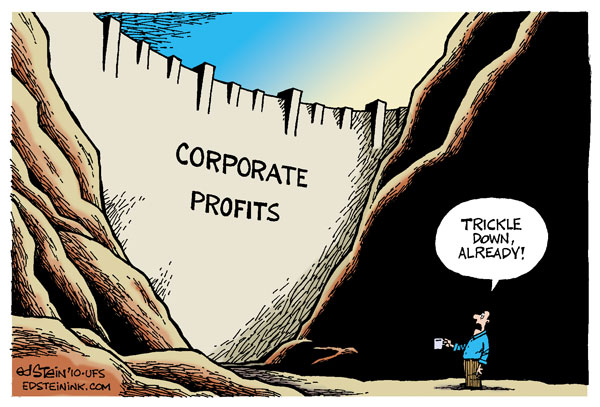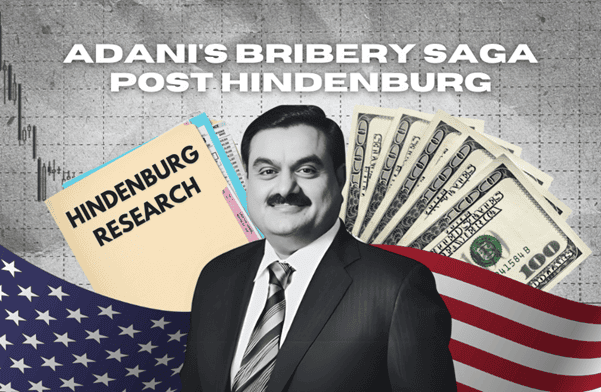By Priya Singh
The ‘Trickle Down Economics’, also popularly known as Reganomics and Supply Side Economics, is based on the principles of ‘The Laffer Curve’. ‘The Laffer Curve’ states that the more are the taxes imposed on production activities and businesses, the less is the generation in the economy. In 1962, Democratic President John F. Kennedy pointed out that “it is a paradoxical truth that tax rates are too high today and tax revenues are too low and the soundest way to raise the revenues in the long run is to cut the rates now.” Both Presidents Ronald Reagan and George W. Bush made similar arguments that the tax rate cuts had the effect of stimulating economic growth as it provides an opportunity to the business to expand and diversify with the help of surplus profits.
The Laffer Curve was developed in 1979 by economist Arthur Laffer. It showed how tax cuts within the prohibitive range could stimulate the economy in a positive way to the point where the tax base expands for the government. The more the profits available to the businesses, the more productive the investments which can take place, and the ultimate benefit is trickled down to the basic consumers. The increase in the purchasing power of consumers leads to greater demand, which in turn stimulates the economy, and hence it has a multiplier effect. Dr. Laffer admits that “The Laffer Curve itself does not say whether a tax cut will raise or lower revenues.” Instead, it shows that if taxes are already low, then further cuts reduce revenues without boosting growth. Politicians who say tax cuts always raise revenues in the long-term misinterpret the Laffer Curve.
According to Laffer’s model, the tax rate must be in the “Prohibitive Range” i.e., above 50%,for the cuts to stimulate the economy enough to recoup all the losses, which is not applicable in today’s scenario as hardly any taxes are above 50%. The Laffer Curve is also based on the assumption that the companies would respond positively to the tax benefits and create more jobs for the people. Many other factors have emerged over the years that indicate the businesses would rather save the profits, send it out to stockholders as dividends, repurchase their stocks, or invest overseas. Also, the economy has become more capital- and technology-intensive, and less labour intensive. Businesses are more likely to use tax cuts to buy computers and other labour-saving equipment than to hire new workers.
Continuing the Republican legacy of the President of The United States of America, Donald Trump proposed during his first debate with Hilary Clinton that he would reduce the taxes on the wealthy and rich businesses as he feels that, “If you make it cheaper to invest, ultimately, companies are going to grow and hire more people, and that’s going to be a job creator like we haven’t seen since Ronald Reagan”. The top tax rate under Reagan was slashed to 28% from 70%, and business deductions became more generous. About 16 million jobs were created during his two terms, and the economy grew as much as 7.3% in 1984.But the question that arises is weather the policies used in 1984 would have the desirable or similar effects in the current scenario.




